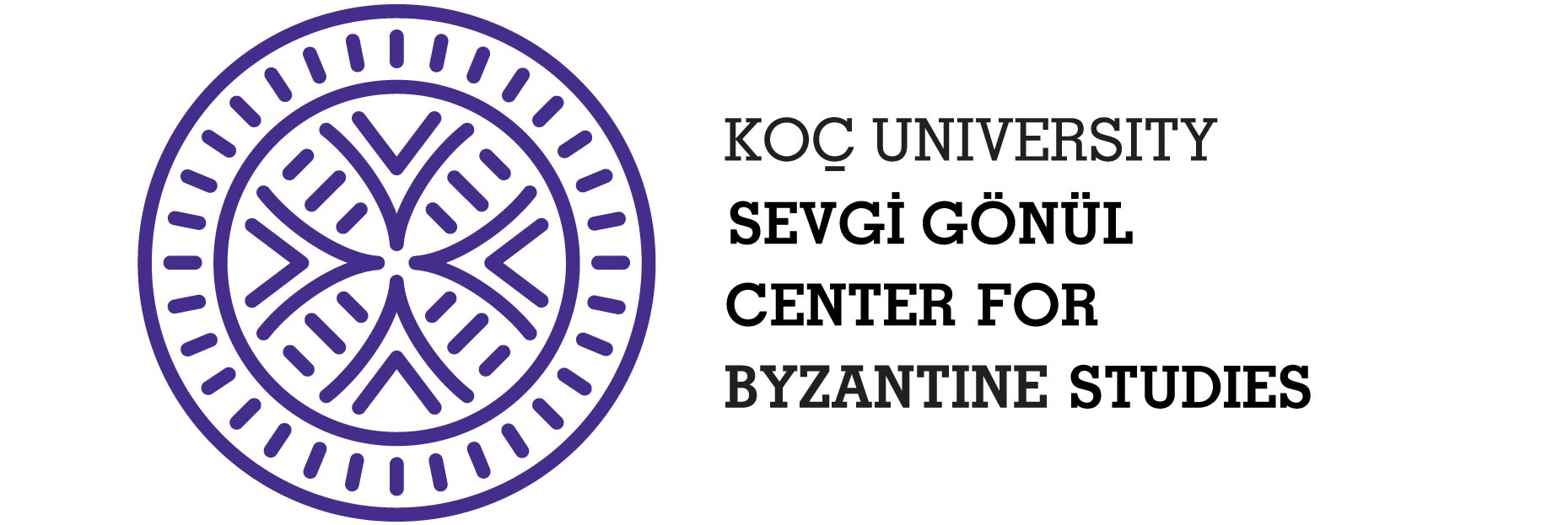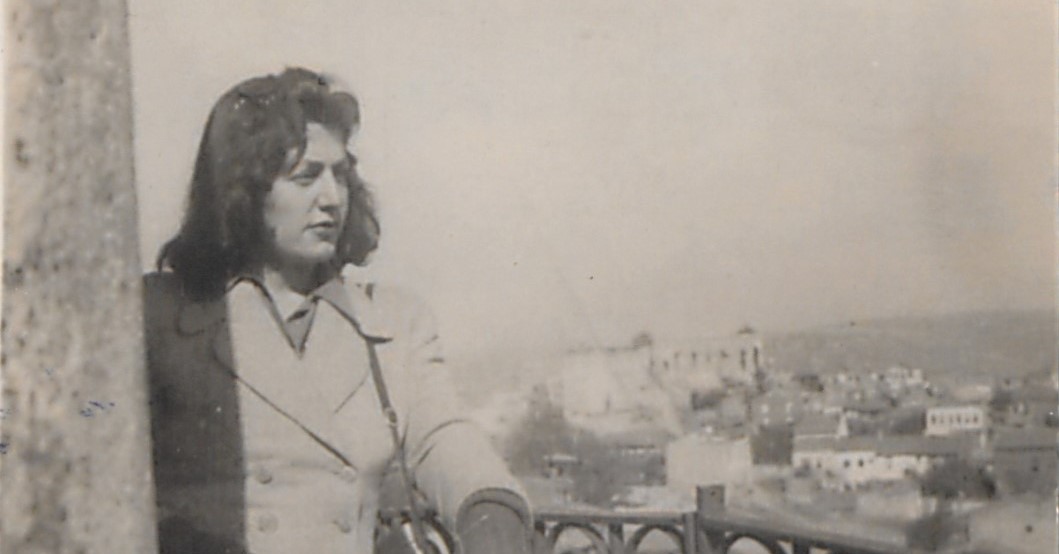
Cahide Tamer Archive
Cahide Tamer Historic Buildings Restoration Projects Collection includes a variety of archival materials such as documents, correspondence, photographs, drawings and plans of restoration projects that Cahide Tamer (1915-2005) has involved in her career between 1943-1974, who is also one of the women high architects and restorators in Early Turkish Republic Period.
The collection which is transferred to Suna Kıraç Library by the end of 2018, is donated to the library archive by the architect’s daughter Ayşe Nur Ökten with the initiative of Koç University Stavros Niarchos Foundation Center for Late Antique and Byzantine Studies (GABAM, Barış Altan). The collection process including classification, identification (GABAM, Ali Öz) and translation of the archival materials is supported by GABAM between the years 2019 and 2020.
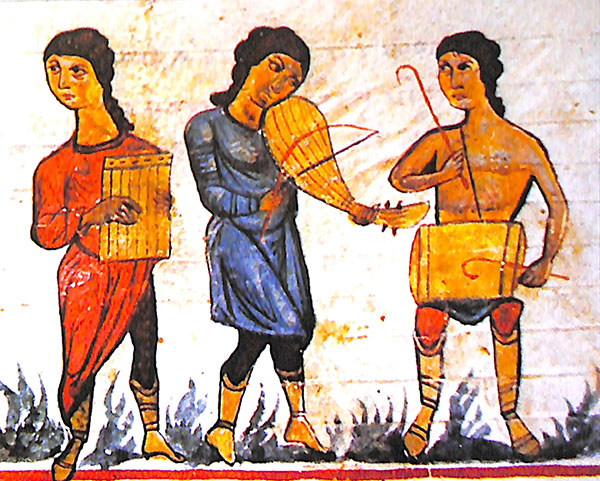
Byzantine Musical Instruments
In cooperation with the Athens-based Friends of Music Society, GABAM has launched a new research project focusing on Byzantine musical instruments in April 2018 scheduled to conclude within a two years. The main aim of the project is to create an elaborate documentation of Byzantine musical instruments through the design and production of a web portal which will include a fully integrated database for researchers, a digital exhibition for the wider public and educational applications.
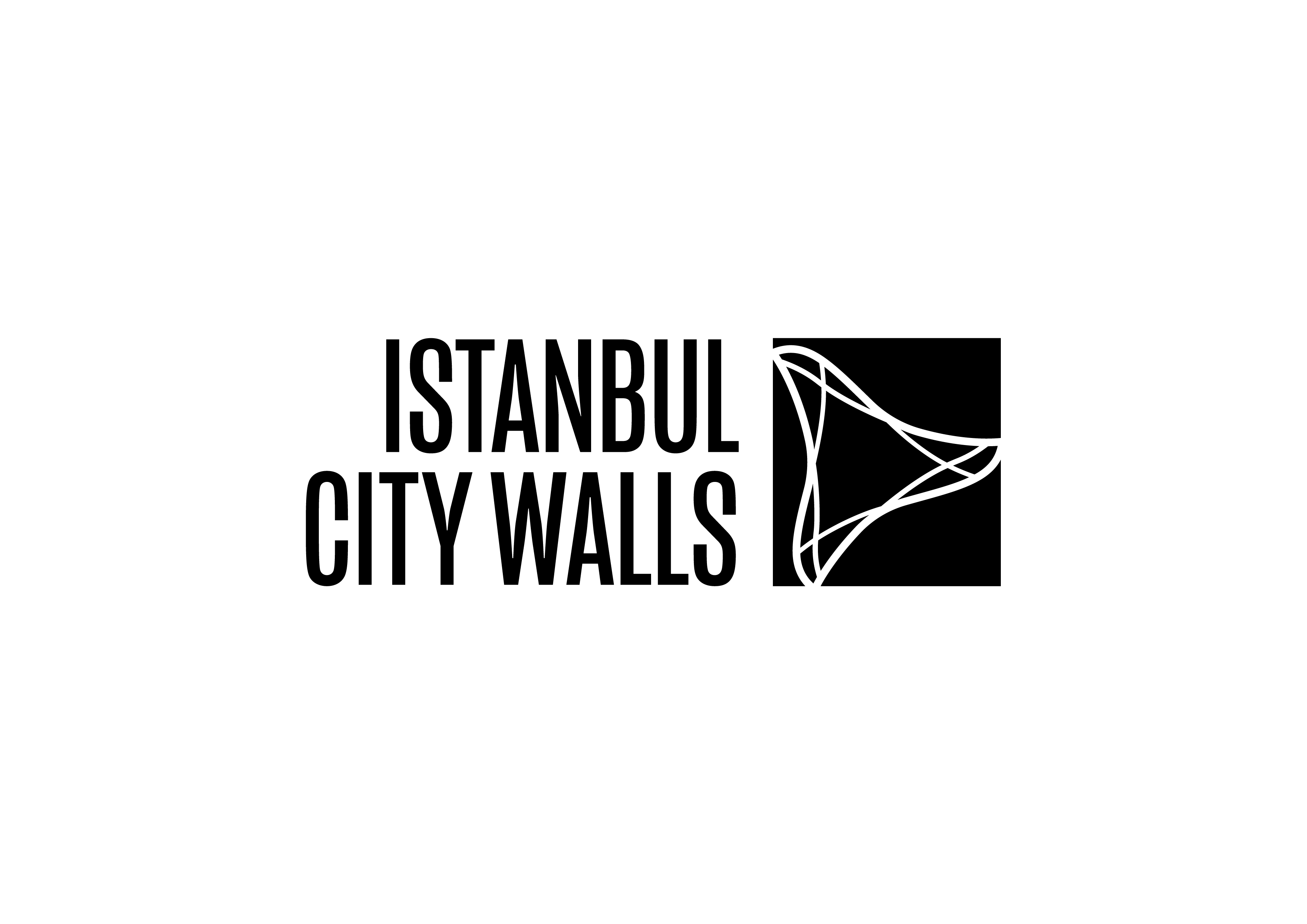
Istanbul City Walls Project
Initiated by GABAM in 2017, the project digitizing the Istanbul City Walls, part of which is inscribed in the UNESCO World Heritage List, has been conducted with an international team of 40 people.
The project website houses an interactive map of the monument with an architectural inventory supported by over 6000 new photographs along with more than 40 original scientific articles.
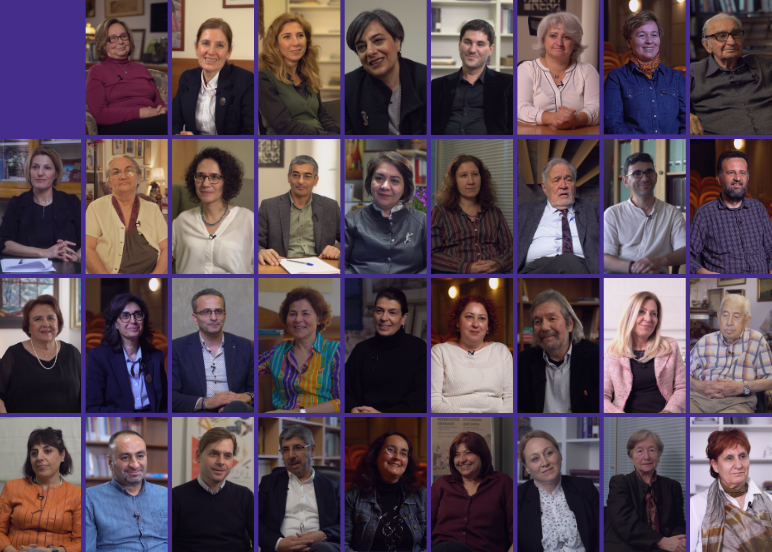
Oral History Project: Being a Byzantinist in Türkiye
This oral history project aims to shed light on the history of Byzantine studies that began to develop as an academic discipline in Turkish universities in the mid-twentieth century. Oral history interviews were conducted with scholars who have witnessed the emergence of Byzantine academic studies, gave direction to its development and contributed to its advancement. The project aims to capture the personal journeys, testimonies and evaluations of 35 academics and researchers specializing in the field of Byzantine studies and preserve them in the collective memory. It forms a valuable compilation for the historiography of Byzantine studies in Turkey. Researchers can access the English subtitled videos of the 25 oral history interviews conducted in the first phase of this project through the GABAM website. The videos of the 10 interviews conducted in the second phase of the project, as well as the Turkish and English transcripts of the interviews, will also be made available to researchers.
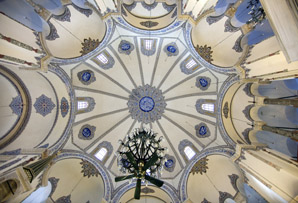
Byzantine Monuments Photographs Archive Project
The project aims to create a digital photographic archive of Byzantine monuments in Istanbul. The core of the archive is made up of monuments found across the Historic Peninsula. You can reach the details of the archive from the link below.

Documenting the Rotunda and Myraleion Church in Istanbul
The Rotunda, Istanbul’s oldest architectural structure, dates to the Roman period. The Rotunda is adjacent to the Myraleion monastery (today Bodrum mosque) and to the palace complex of emperor Romanos I. Lekapenos. Architecturally it resembles the Pantheon in Rome. Following the destruction of its dome, in the Byzantine period the structure was covered with vaults carried by a series of columns and turned into a cistern providing water to the palace. The interior spaces of the Rotunda served as a bazaar, and until it was vacated for restoration in early 2018, the Rotunda itself was not architecturally documented. As soon as the Rotunda was vacated, GABAM acted to survey both the Rotunda and the Myraleion church, and conducted detailed photography of the Rotunda. The documentation carried out for the first time in the Rotunda will be used in a future publication.
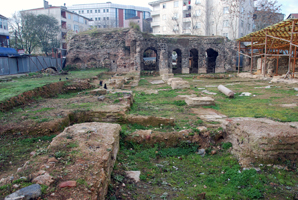
Documenting the Damatrys Palace
The summer palace of the Byzantine emperors on the Asian side of Constantinople, which has been under excavation by Istanbul Archaeological Museums since 2012, was documented in 2016. The site, encompassing an area of 5500 m2 is one of the greatest archaeological sites excavated in Istanbul. GABAM supported the complete architectural documentation of the palace. Remains were laser-scanned during 32 days of work at the site, and drawings completed after 67 days of work in the office. The palace excavations will be published jointly in a volume by GABAM and Istanbul Archaeological Museums, probably in 2021.
